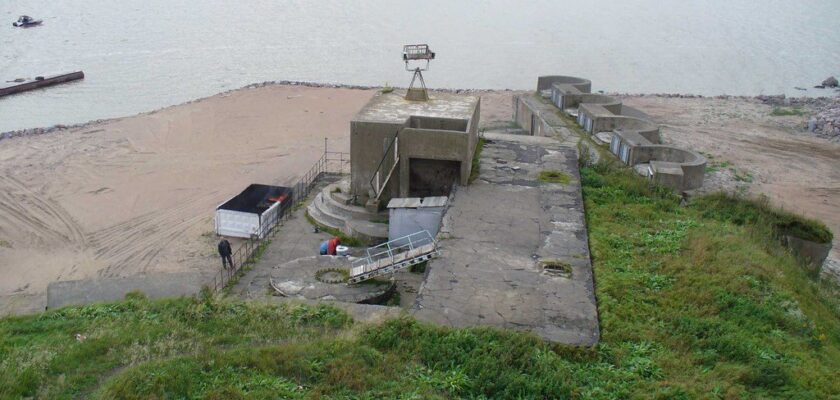Fort “Grand Duke Constantine”
Fort “Grand Duke Constantine” is located in Kronstadt, a district of St. Petersburg, located on Kotlin Island, at a distance of 48 km from the city. To date, Fort “Konstantin” as a monument of cultural heritage of federal significance is one of the most attractive in the Northern Capital in terms of tourism. Every year it is visited by hundreds of thousands of people who want to learn more about the past of Russia, its traditions, a new look at the heroic pages of the history of our Fatherland.
.
Fort Konstantin was built as an innovative project ahead of its time. Despite the fact that its construction was carried out in the early XIX century and, it would seem, over the years the object could lose its importance, this circumstance did not prevent it from playing its significant role during the Great Patriotic War, which will be described below in a little more detail.
.
The buildings on the territory of Fort “Constantine” were subjected to repeated reconstruction, but the atmosphere of that time remained intact, which, in fact, and caused the enduring interest in this object on the part of foreign and domestic tourists. Magnificent architectural monument, the screams of seagulls, the sound of the sea and fascinating stories of experienced guides invariably leave the most positive impressions of visiting the fort.


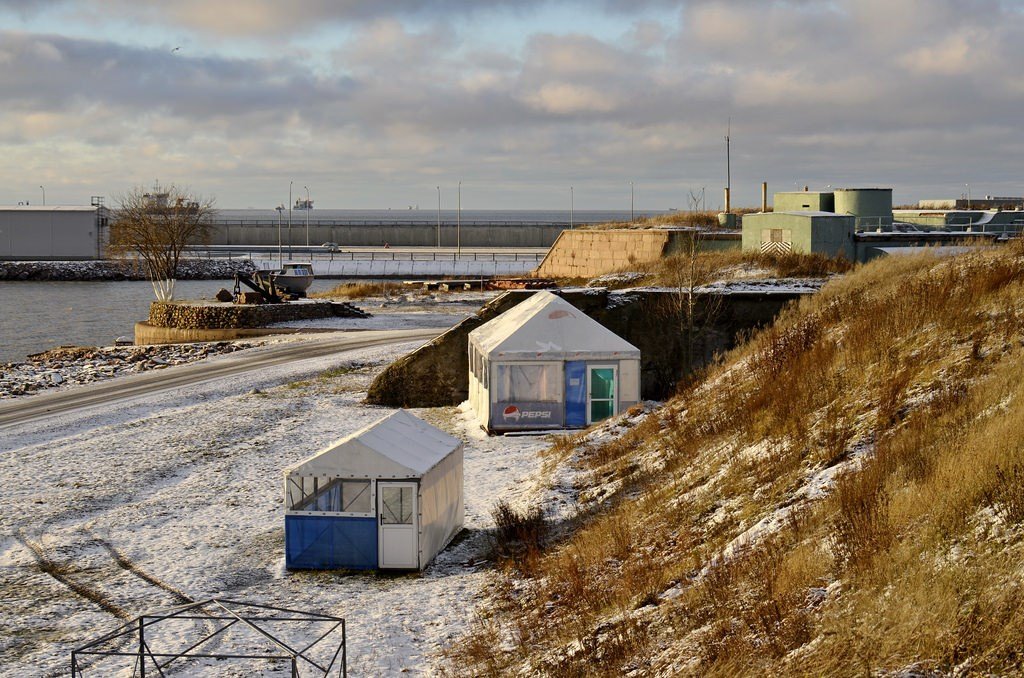
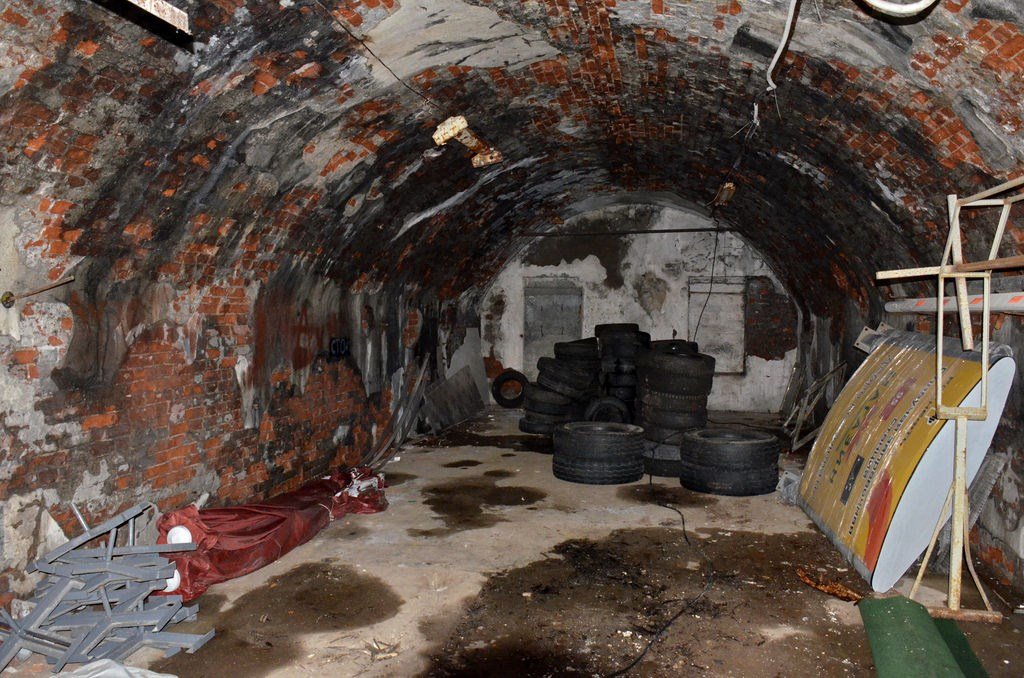
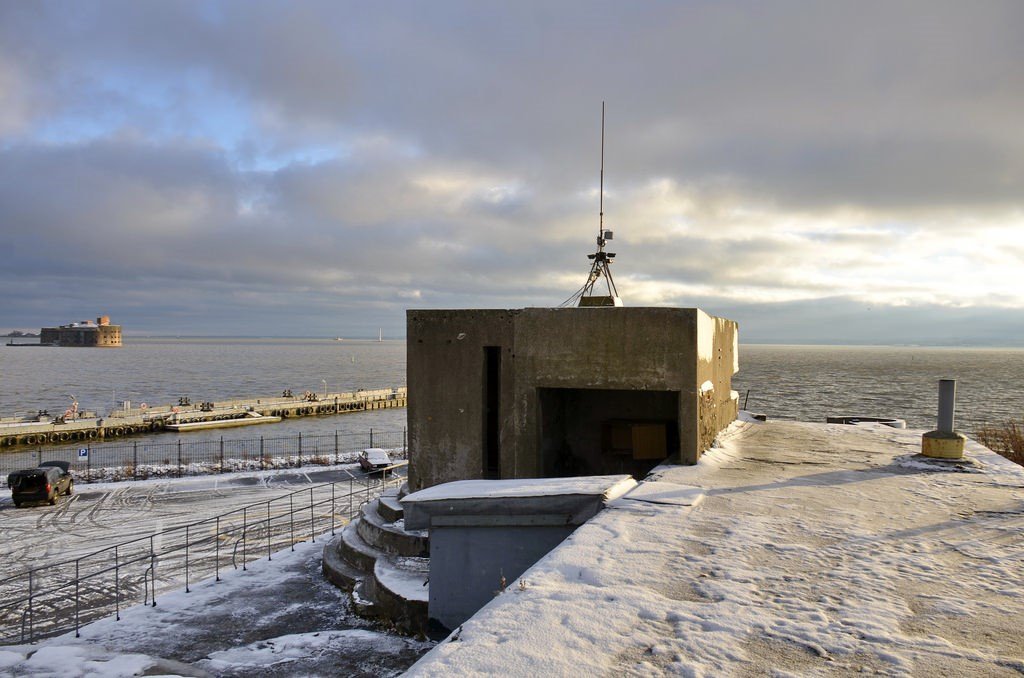
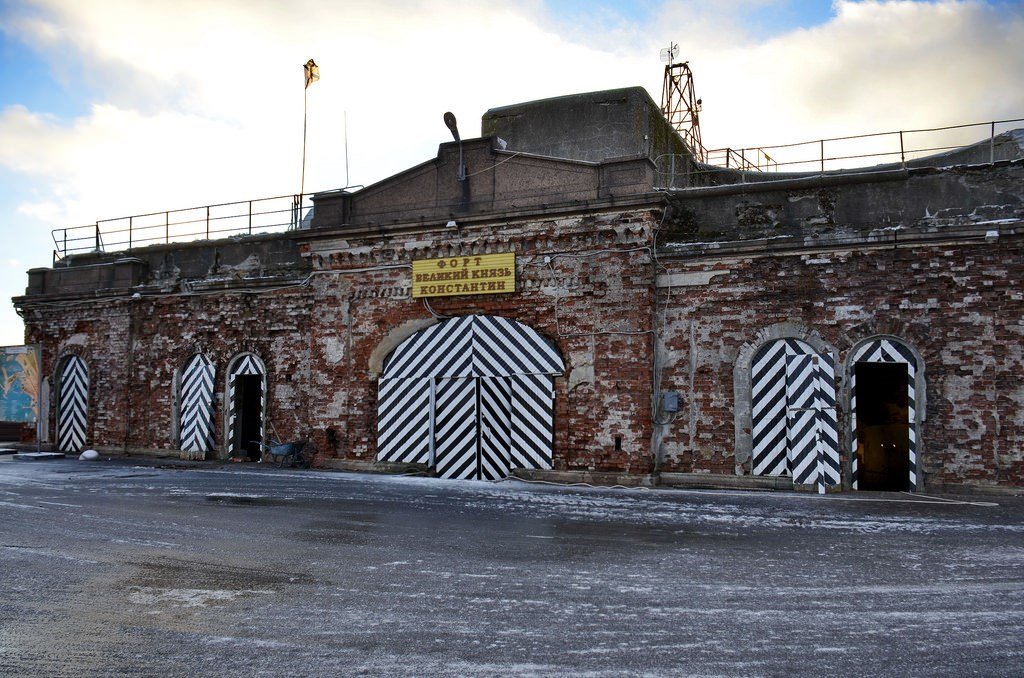
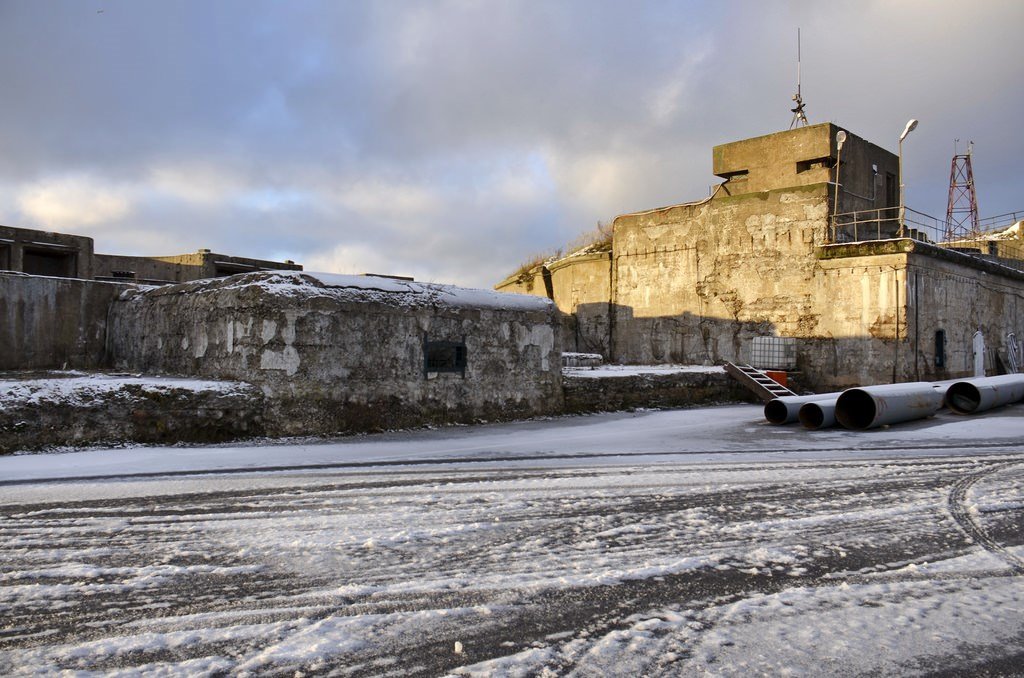
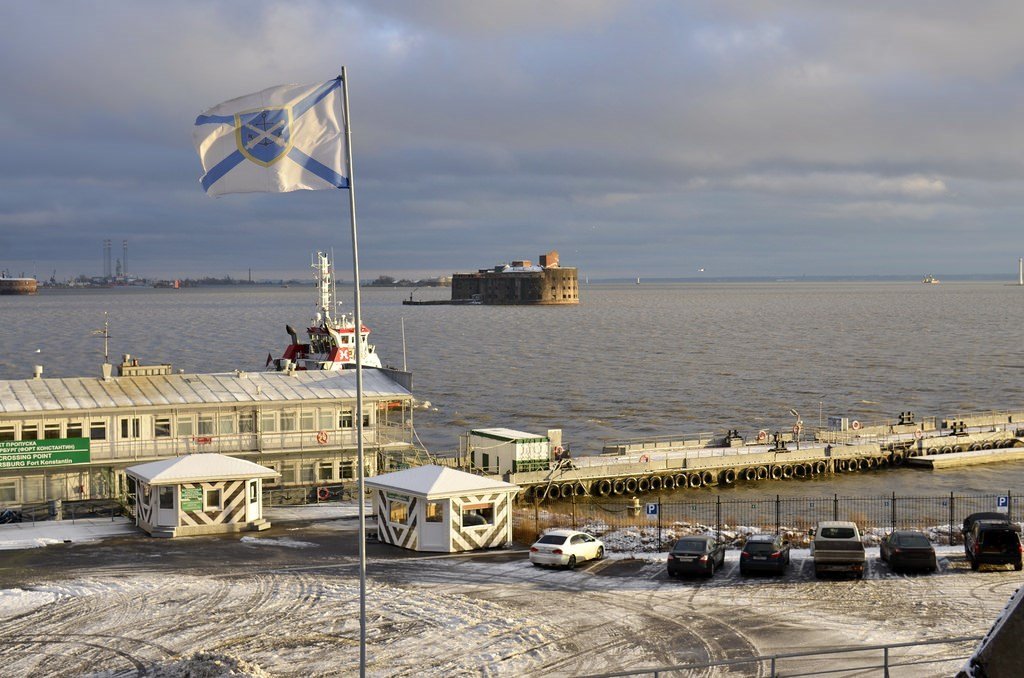
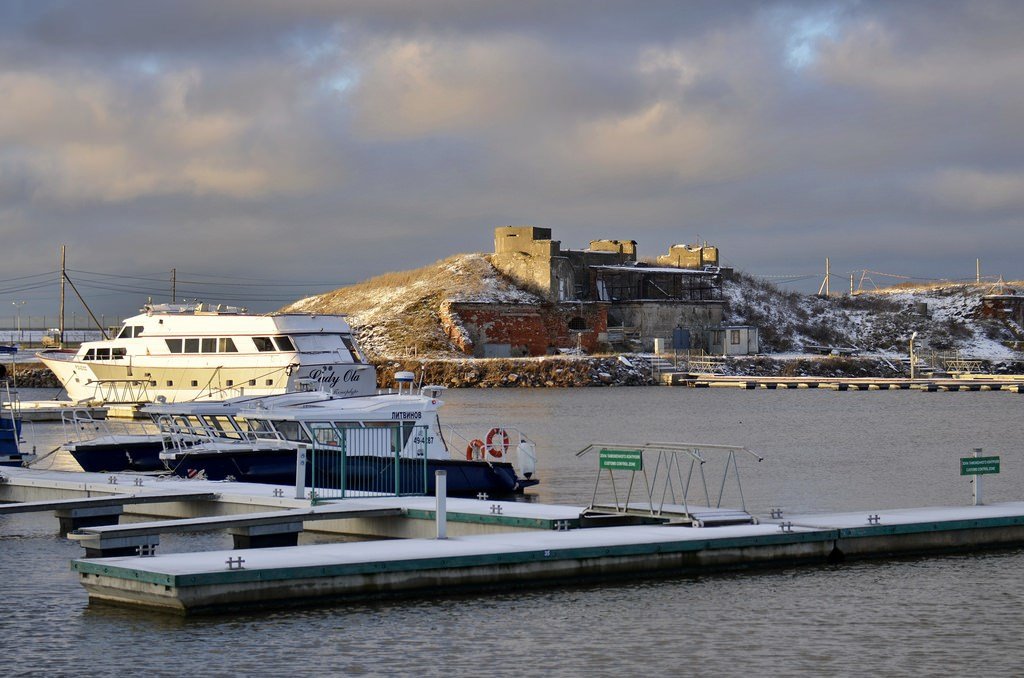
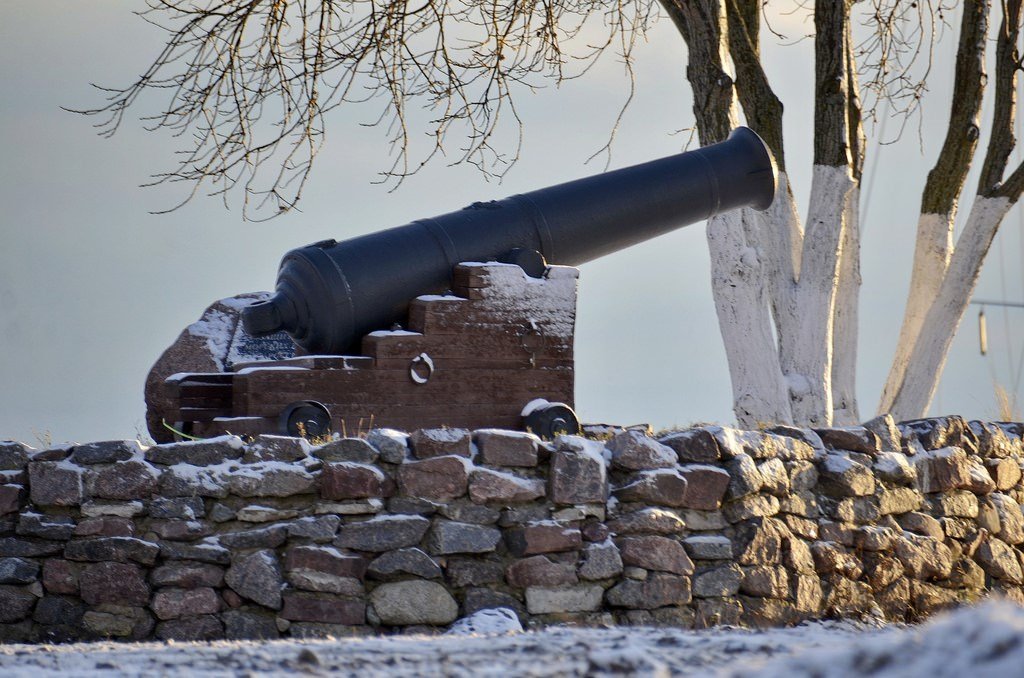
History of Fort Constantine
The history of the fort “Grand Duke Constantine” begins in 1808 – with the erection of a drevokamenny two-story battery for 45 cannons. The necessity of construction was dictated by the defense of the borders from the ships of the British fleet, which carried out military operations in the Baltic Sea, about which the maritime department of the Russian Empire made a decision. The battery was named “Double Yuzhnaya”. The technology of its construction differed from the methods tried at that time. Logs, for example, were made on the shore, after which they were towed to the site.
.
The special status of the structure was emphasized even during construction. The latest weapons and fire control devices were installed here. The modern name appeared somewhat later, in 1834, after the visit of Emperor Nicholas I, who ordered to rename the battery in honor of his son Constantine. It was armed with cannons, twenty-five of which were 36-pounders and twelve of which were 30-pounders. In addition, twelve unicorns – smooth-bore artillery guns – howitzers, invented back in 1757 by Russian artilleryman M. V. Danilov together with S. A. Martynov, were installed. The main purpose of the battery was direct fire at enemy ships. Such firing was called “dagger fire”. As for the “live force”, that is, the tower garrison, it included more than 250,000 people.
.
In the 1850s, Fort “Constantine” fell into disrepair, and it was decided to reconstruct it. Already in 1858, the erection of granite fortifications began. The weight of granite boulders, which were finished with slabs, was about 10 tons. The length of the wall reached up to 4 meters in height. In width it was 300 meters. The construction of the barrier took 3 years and was completed in 1861. Granite finish completely solved the problem of wear resistance of the wall and negated the need for annual repairs.
.
Two more years later, the Main Engineering Directorate required – it happened for the first time in world practice – to strengthen the protection of the guns of Fort “Constantine” with three armored barriers. Initially, it was supposed to arrange three armored barriers. The first, granite, was designed for 5 guns (the authorship of the project belongs to the engineer Lieutenant-Colonel Shveda), the second, made of armor plates, which were installed on metal supports of triangular shape – for 15 guns. And, finally, the third, on the so-called Lancaster system (of wooden planks 30 cm long) – for 3 guns.
.
There were two more batteries that defended the other walls of the fort, but they too have not survived. The same can be said about the second battery of “dagger fire”. In 1870, the project of the famous Russian physicist Fyodor Fomich Petrushevsky, who invented a number of optical devices, to erect an optical rangefinder pavilion was realized. This made it possible to fully view and control fire from Forts “Paul I” and “Emperor Alexander I”, which is better known by its second name, “Plague Fort.”
Towards the bay, two mines have been partially preserved that sheltered an experimental installation, the Pauker system, the mechanism of which allowed to optimize the reloading speed of heavy guns from 5 minutes to 15 seconds. Construction of Pauker’s battery was completed in 1879. A chain of four batteries completed the left flank of Fort “Grand Duke Constantine”. In 1901, the right flank battery was built, from which part of the casemates and gun yards have been preserved to date..World War I and the Civil War bypassed Fort “Constantine”. However, during the Great Patriotic War, if I may say so, he became a direct participant in it. From here, from the southern side of the Gulf of Finland, there was a fire attack on the aircrafts of the Nazi Luftwaffe. Soviet soldiers kept the defense with the help of two pillboxes, received by the fort in the thirties of the last century.
.
Throughout its existence, due to various historical circumstances, the original appearance of the fortress has changed several times. For example, in the upper part of the rampart, in front protected by a bruisere (valganga), there are no guns, which gives it an incomplete look. Many times the casemates equipped with embrasures for circular defense were restored – in case the enemy troops could penetrate inside the fortress..
In the 1960s Fort “Constantine” was disarmed and, unfortunately, looted. Two decades later on the site of the fort was equipped with a motor depot. Before that, the builders of the complex of protective structures drained around “Constantine” quite a large territory.
.Fort “Constantine” in our time
The historical and cultural complex “Fort Konstantin” is located in the central part of Kotlin. Communication of the fort with the rest of the island is carried out thanks to the built dam and railroad track. Today it is one of the most significant regional centers in the country, which continues to develop. This state of affairs is not only due to the undoubted beauty of the fort, including from an architectural point of view, but also due to the work that is done here.
.
In 2003-2006, that is already in our time, as part of the electronic music festival Fortdance on the territory of Fort “Constantine” organized coastal dance floors with a capacity of up to 30 thousand people. The action was accompanied by high-quality 500-kilowatt sound, video and laser shows, and a bar system.
.
Since 2006 Fort “Constantine” began to develop as a cultural and tourist center and at the same time a yacht club. The yacht club proper is located near the main fairway of the Northern Capital, next to the ship passes and the St. Petersburg ring road. In 2013 new moorings with modern infrastructure were put into operation here (there is water, electricity, access to free Wi-Fi, weather station). There is a parking lot for yachts and boats, winter storage of the latter in boathouses. There is round-the-clock security and video surveillance. Today the yacht club “Fort Konstantin” is one of the largest in St. Petersburg. Its total capacity is up to 180 vessels.
.In 2012, the Maritime Council of the city decided to organize a border checkpoint for small vessels and yachts at the fort. It was not accidental and was due to the almost ideal location of “Konstantin” from the point of view of controlling authorities.
.
Tourists to Note
Fort “Grand Duke Constantine” works round the clock and all year round. Hurry up to make a fascinating boat trip on it, because it is a wonderful opportunity to see with your own eyes the structures of the Kronstadt fortress, which UNESCO included in the list of cultural heritage. During the excursion you will learn about the purpose of each building and their role in the defense of the borders of St. Petersburg. You will surely be charmed by the atmosphere of this unique place.
.All excursions to the Fort “Constantine” are conducted on board the ferry “Riberpan”. This vessel was built in Germany and named after the main street of Hamburg, the street of freedom and protest. The uniqueness lies not only in its name, but also in its design. It is the only riverboat of its kind with a hull built on an icebreaker type. The guests of the “Riberpan” will be pleased with the atmosphere of the 60s of the last century. All finishing works are made of wood by hand. Experienced historians and local historians will tell about Kronstadt, about the fortress, about all the most interesting mysteries, historical myths and facts in an interesting and lively way. In addition, tourists will be able to see nearby forts, including the famous fort “Emperor Alexander I” or “Plague”, which is also part of the defense system of Kronstadt.
.In winter, tourists are invited to visit a fascinating tour of the fort’s structures, because “Konstantin” has preserved buildings of different times. For example, the already mentioned above battery “Shvede”. You can not only feel all the grandeur of this historical place, but also learn a lot of interesting things about the everyday life, sometimes very difficult, sailors of the time and the fortress itself.
.
If you want your wedding to be remembered for a lifetime, Fort Constantine is the ideal place to realize a ceremony that promises to be exclusive. The cries of seagulls, the sea, the scenery of the fort, the combination of modernity and the beauty of history – all this can be found here. The wedding will take place in a marquee that is easily adaptable to any weather. For winter weddings and to simply protect yourself from the cold weather, this structure has a heating system. In addition, the wedding marquee is decorated with drapery, which will save you money on ceremony decorations. There is also a yacht rental service for the duration of the celebration.
.How to get there
To get to the fort “Konstantin” you can take buses: from the metro station “Chernaya Rechka” (route #405) and from the station “Prospect Prospekt просвещения” (#407). You can also get there by bus № 510, departing from metro station “Staraya Derevnya”. The cost of travel, depending on the district is from 35 to 40 rubles. The ride will take about an hour.
.If you prefer to go by car, you can get to Fort “Konstantin” from Gorskaya along the northern dam.
.You can also get to Kronstadt by water. In St. Petersburg, the movement of meteors on the route to Kronstadt is established. The cost of a ticket is 80 rubles from the Finlandsky railway station. Water transportation also leaves from the Arsenalnaya embankment, travel time to the fort – 45 minutes. The cost of the ticket is 100 rubles.
.